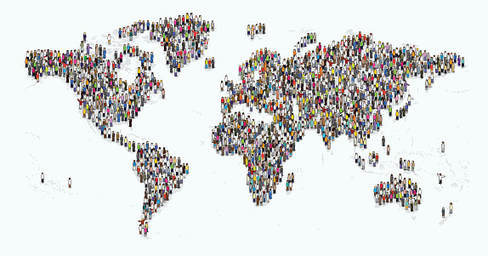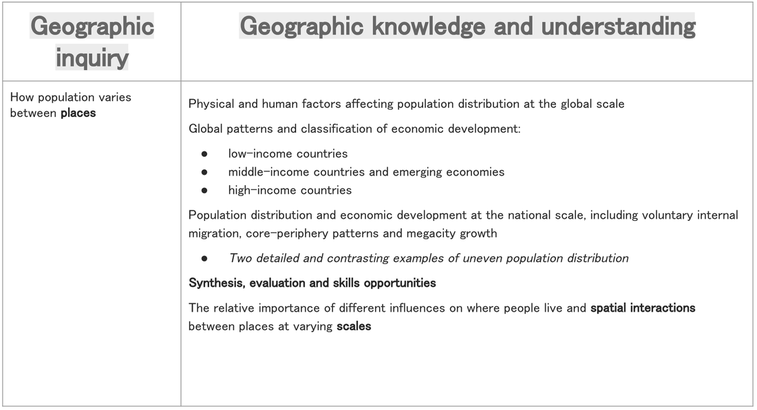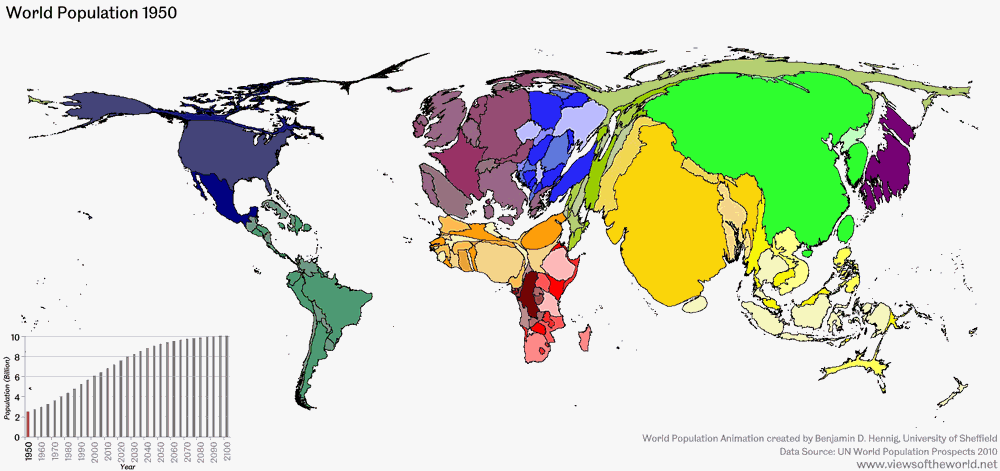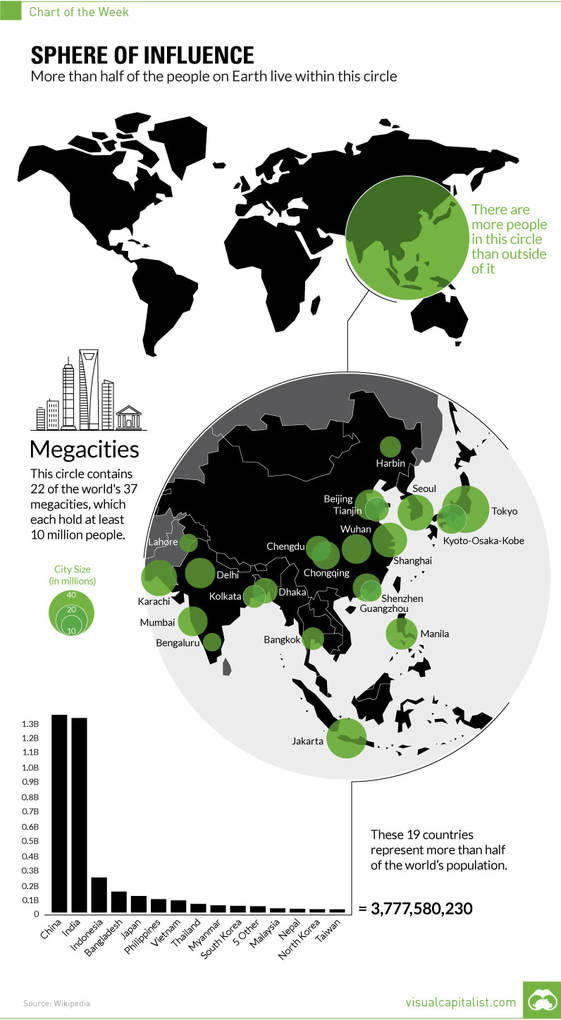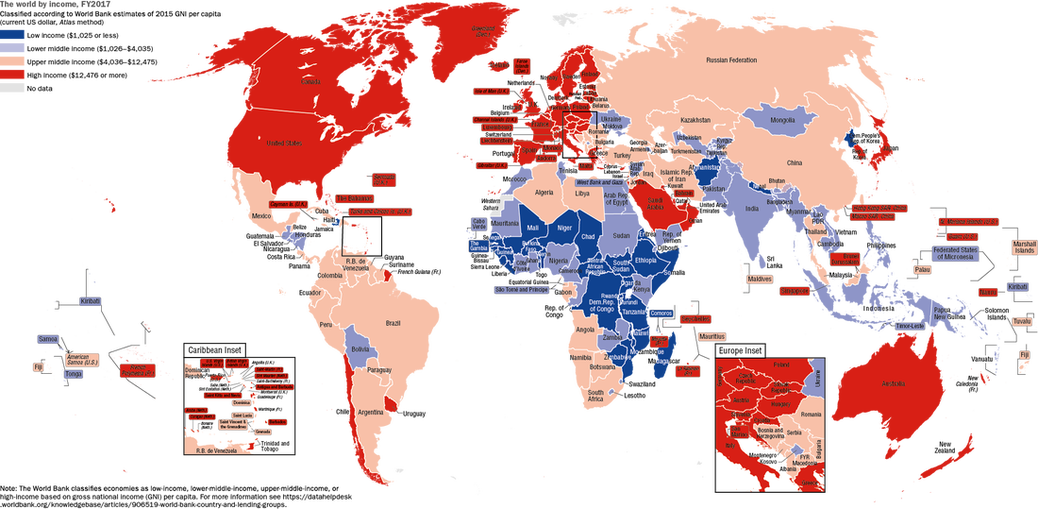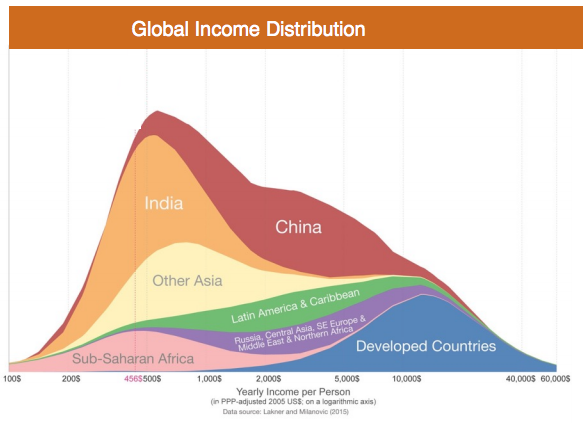Changing Population Home Page
1. Population and economic
development patterns
Syllabus Link: How population varies between places
1. Physical and human factors affecting population distribution at the global scale
- Activity: Population distribution activities
- 3d Globe Simulation webpage: metrocosm.com/3d-world-population-globe/
- Interactive map: World Population density Mapped
|
|
|
|

2. Global patterns and classification of economic development:
Low-income countries, middle-income countries and emerging economies, high-income countries
Activity: Classifying Levels of Economic Development
- Ranking: Global GNI per capita ranking 2016
- Website: UN HDI Ranking 2016
|
|
|
The World by Income 2017 |
|
|
|
|
3. Population distribution & economic development at the national scale including
- Voluntary internal migration
- Core-periphery patterns
- Megacity growth
Two detailed and contrasting examples of uneven population distribution
Case Study 1: China
|
|
|
|
China Population & Economic Maps
Case Study 2: USA or Thailand
|
Map: Thailand population density PDF: Thailand internal migration Website: Thailand's population Website: Urbanization in Thailand |
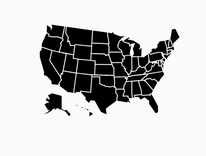
Website: USA population distribution Map: USA population density Map: US population by country Map: US Economic might by metro area Website: Population density in the USA |
|
|
|

